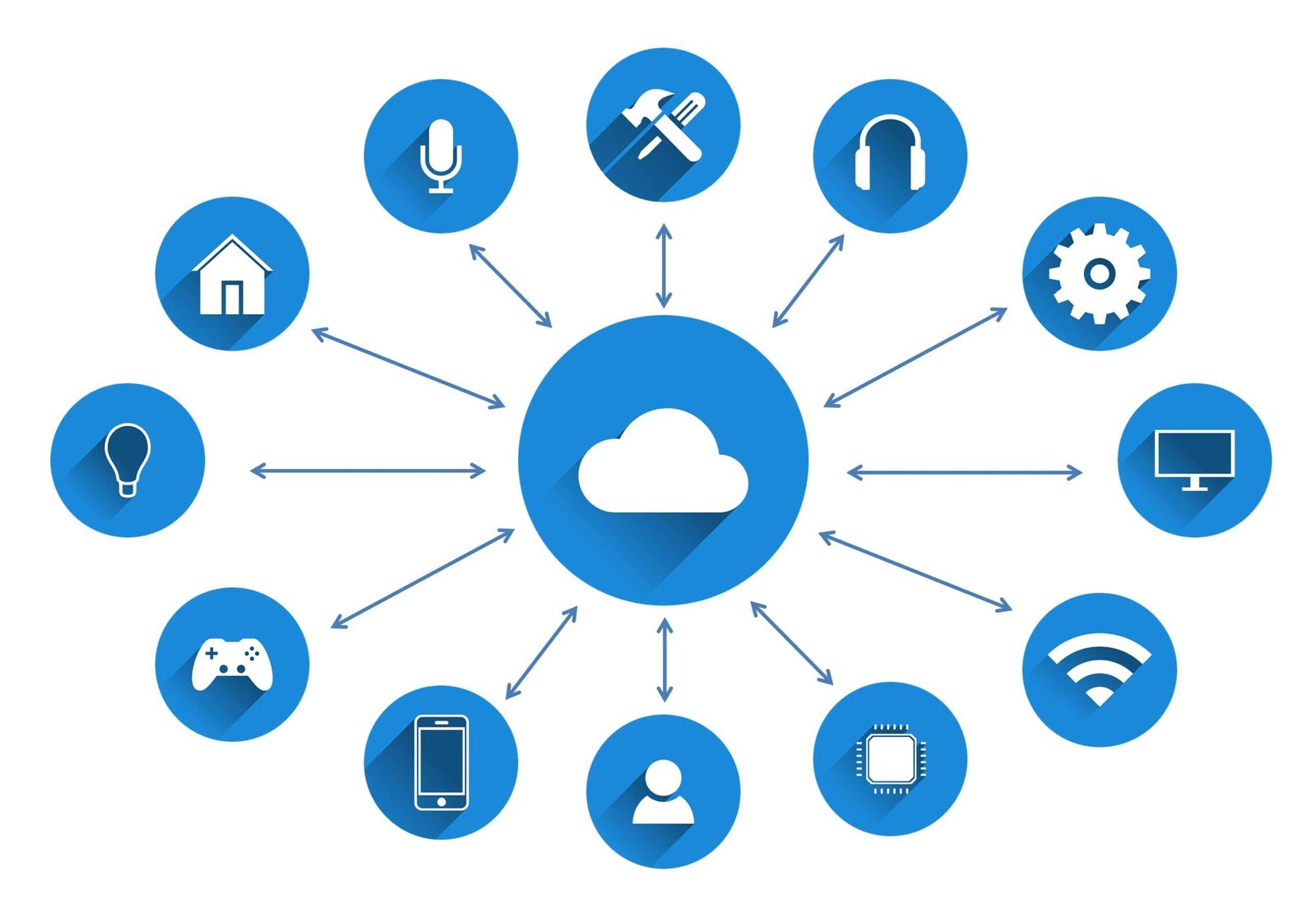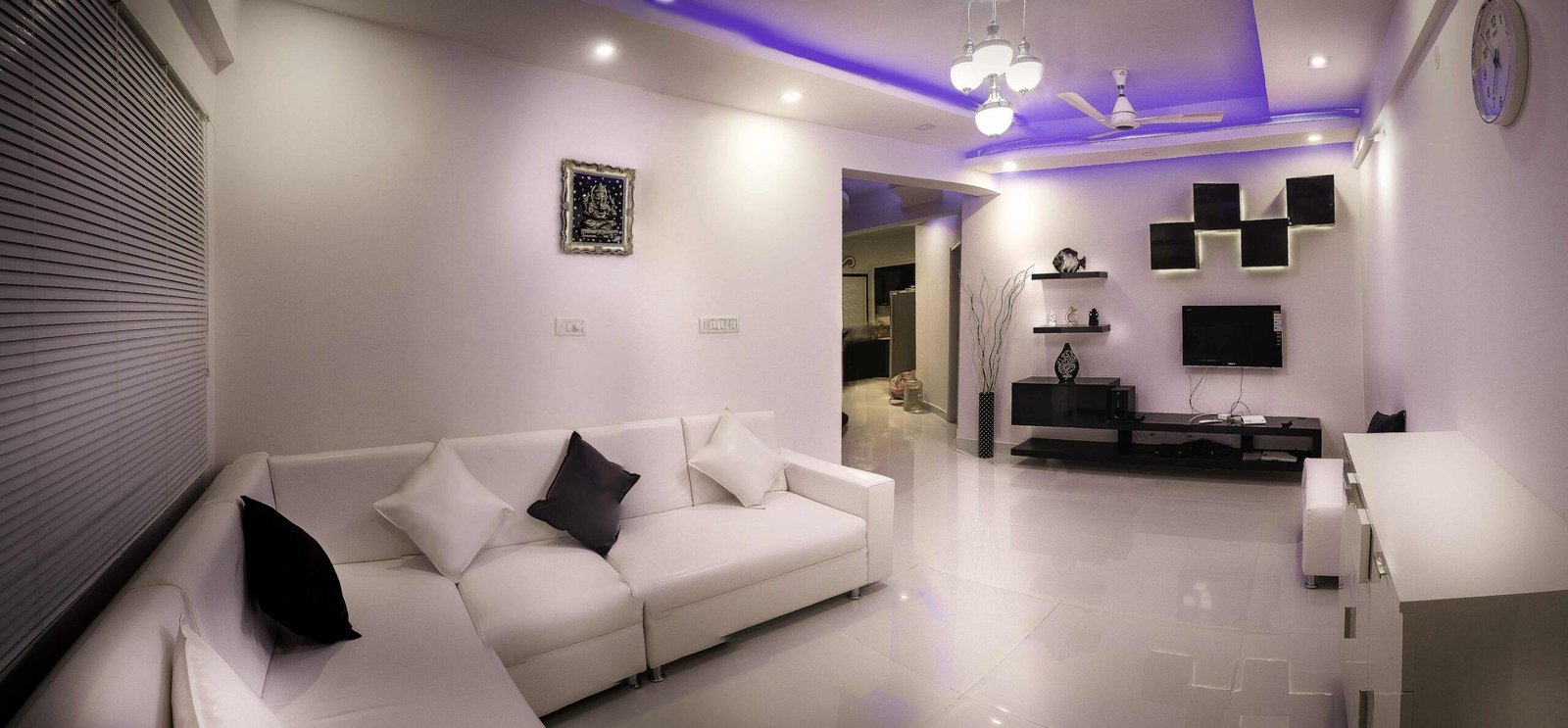Wired vs. Wireless Automation: Choosing the Right Solution for Your Smart Home

The rapid advancement of technology has brought us to the era of smart homes, where automation and connectivity reign supreme. One key consideration when building a smart home is deciding between wired and wireless automation systems. Both options offer their own advantages and considerations. In this article, we will explore the characteristics of wired and wireless automation and help you make an informed decision for your smart home needs.
Wired Automation: Wired automation systems rely on physical connections between devices, utilizing cables and wires to transmit data and commands. Here are some key points to consider:
- Reliability and Stability: Wired systems offer a higher level of reliability and stability compared to wireless counterparts. With dedicated connections, there is minimal interference or signal loss, ensuring consistent performance.
- Scalability and Flexibility: Wired systems can support a larger number of devices without compromising performance. They can easily handle high-bandwidth applications and are suitable for larger homes or commercial spaces where extensive automation is required.
- Security: Wired systems are generally considered more secure since they are not susceptible to wireless signal interception or hacking. This makes them a preferred option for those who prioritize data privacy and security.
- Installation Complexity: Installing wired systems can be more complex and time-consuming. It often involves running cables through walls, floors, and ceilings, requiring professional assistance and potentially impacting the aesthetics of the space.
Wireless Automation: Wireless automation systems utilize wireless signals, such as Wi-Fi, Bluetooth, or Zigbee, to connect and communicate between devices. Here are some considerations for wireless automation:
- Easy Installation: Wireless systems offer a plug-and-play setup, eliminating the need for extensive wiring. This makes installation faster and more convenient, allowing homeowners to set up their automation systems themselves.
- Flexibility and Mobility: Wireless systems provide greater flexibility and mobility since devices can be easily relocated or added without the need for physical connections. This makes them ideal for renters or those who frequently change their home layout.
- Cost-Effectiveness: Wireless systems can be more cost-effective in terms of installation since there is no need for extensive wiring. However, it’s important to note that the cost of individual wireless devices can be higher compared to their wired counterparts.
- Interference and Range: Wireless systems are susceptible to signal interference from other devices or obstacles within the home, which can affect their range and performance. Thick walls or long distances between devices may require additional signal repeaters or mesh networks for optimal coverage.
- Upgradability: Wireless systems offer easier upgradability since new devices can be seamlessly integrated without the need for extensive rewiring. This allows homeowners to adapt and expand their automation systems over time.
Choosing the Right Solution: The choice between wired and wireless automation depends on various factors such as the size of the space, desired level of automation, security concerns, and budget. In some cases, a combination of both wired and wireless systems may be the ideal solution. For example, using wired connections for critical components like security systems and integrating wireless devices for greater flexibility in non-critical areas.
Ultimately, it’s crucial to assess your specific needs, consult with professionals, and consider the long-term scalability and functionality of your automation system.
Conclusion: Wired and wireless automation systems each have their own strengths and considerations. Wired systems offer reliability and scalability, while wireless systems provide flexibility and easy installation. By understanding the characteristics and weighing the factors that matter most to you, you can make an informed decision and create a smart home that meets your unique requirements for convenience, comfort, and efficiency.




